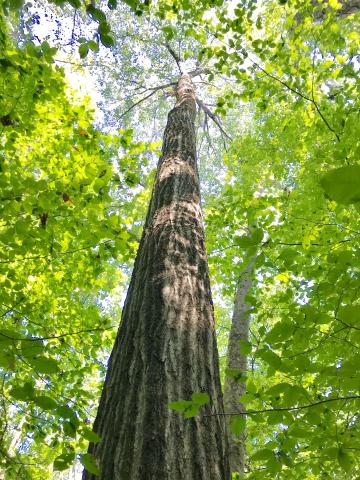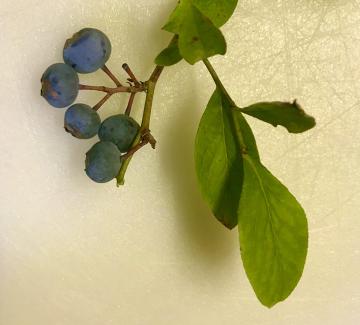Plant Miracles
The more I learn about plants the more I realize they are not the inanimate life forms they seem to be. Yes, animals are cool with the leg and wing thingees that allows them to move about and get our attention. But plants now, plants stand there quiet all day long and perform a miracle: they make things appear out of thin air.
- Read more about Plant Miracles
- Log in to post comments









